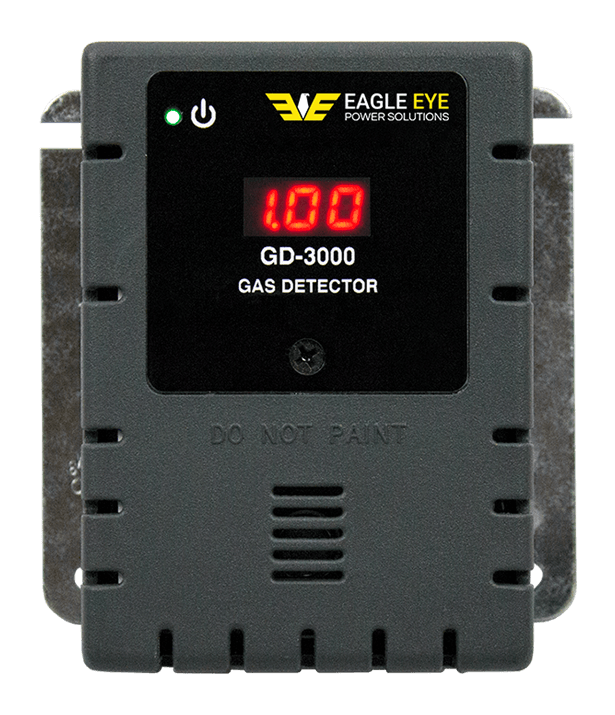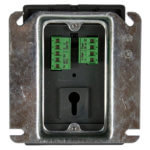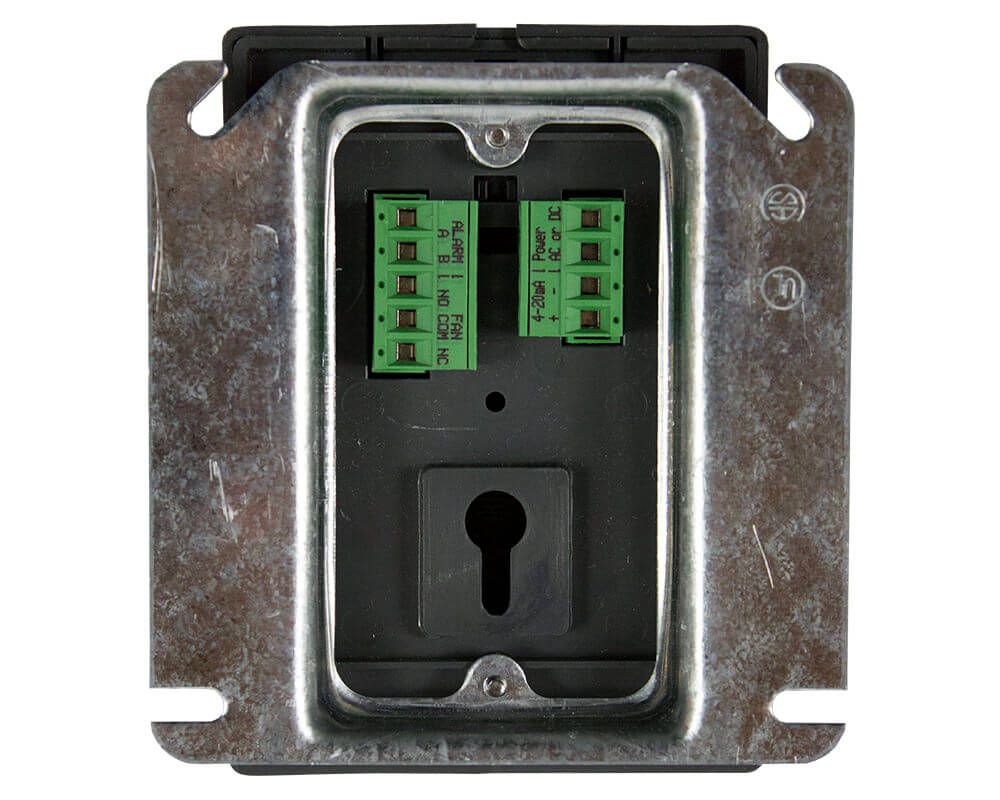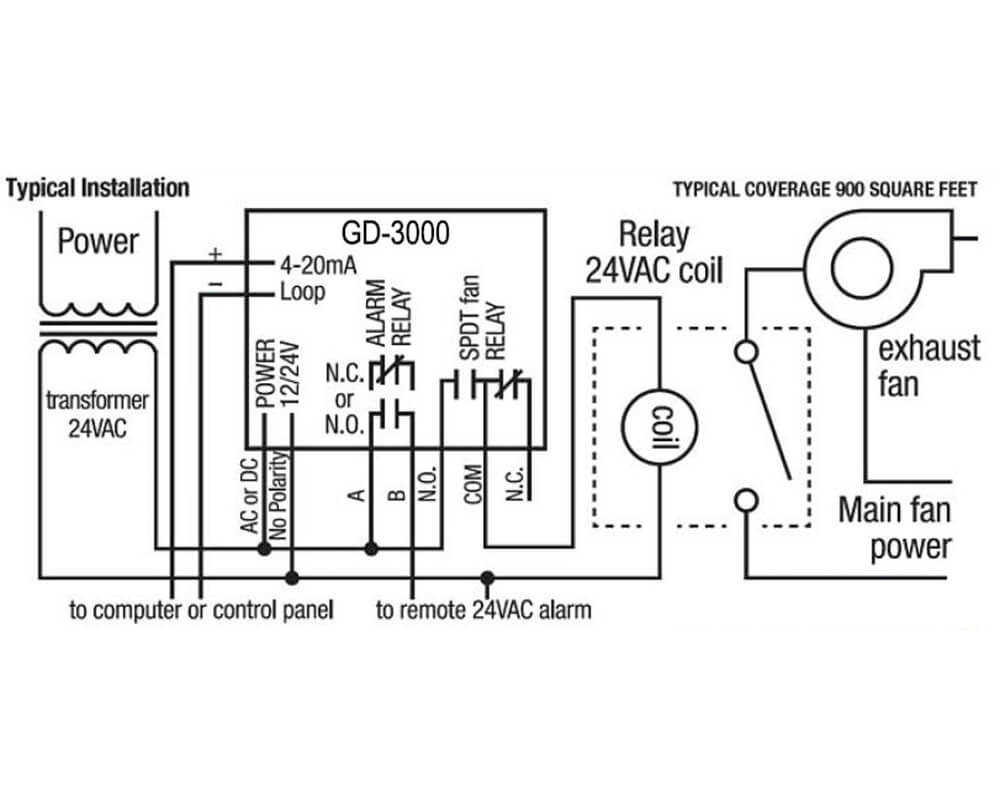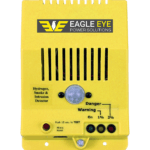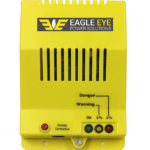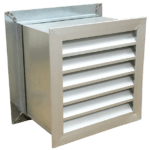GD-3000 Combustible Gas Indicator/Detector, Controller, Transducer
In Stock
The Eagle Eye GD-3000 combustible gas indicator and flammable gas detector is a versatile, easy-to-use device that allows you to select between methane (NG), propane (LP), or hydrogen (H2) gas detection. The GD-3000 provides low-level detection of combustible gas in an easy-to-maintain monitor that is factory calibrated for simple installation. This low voltage combustible gas detector provides automatic feedback and fan control that can help reduce combustible gas concentrations in battery rooms, parking garages, maintenance facilities, and other locations that require combustible gas detection. Our combustible gas indicator can be used with 12VDC or 24VDC N.O. (fire/security) panels.
Benefits
- Factory Calibrated – Can also be field calibrated using 10% LEL Methane, 10% LEL Propane or 10% LEL Hydrogen gas regulator and calibration hood
- 0.5 A.N.O. or N.C. alarm relay connects to warning devices or control panels
- Supervised system design: internal detector problem will cause the fan & alarm relay to activate
- GD-3000 can be used with 12VDC or 24VDC N.O. (fire) panels
- Alarm panel provides battery back-up power to GD-3000
- GD-3000 dry contact fan relay can use panel power or fan power
- Match fan relay contacts to fan size, and coil voltage to power source
- Alarm control panels are available with many features and can control other devices such as smoke detectors, fire detectors and burglar alarms

Own a device that needs service or annual calibration?
Submit an RMA >Visit Eagle Eye University for information on our battery training courses.


